Do you want to taste the coffee that guests want? Set the "three directions" for special drinks!
Professional coffee knowledge exchange more coffee bean information please follow the coffee workshop (Wechat official account cafe_style)
Whether you are playing coffee or mixing drinks, as long as you are interested in making drinks at the bar, after a stage of learning, you should start to think about this question: how to create a unique drink?
The last article talked about the nature of beverage creation: [coffee special] want to mix out the taste that the guest wants? You have to learn to read minds first!
This article is going to talk about how to do it in practice. Based on my own experience, I recommend three ways for your reference.
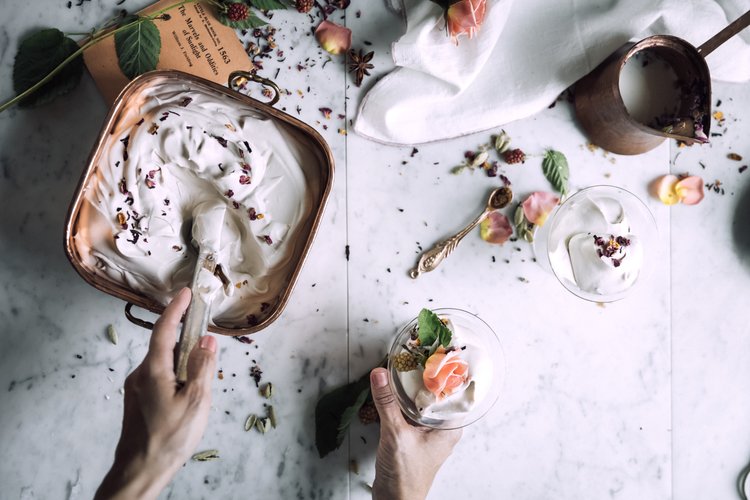
1. Set material
When you want to study a certain material, or when the store operation needs to have a clear material as the theme (such as the most common season special), I recommend you to try this method.
What should I do when I get a completely unused material? First of all, I will certainly try to see what is the purest original flavor of this material. If it is fruit, it is cut to eat or beat into juice, and in some cases it may be made into fruit sauce; if it is brewed, such as dried mint leaves, tea, or flowers and plants, come and drink; in short, any material, first taste it in the most intuitive way and understand the possibility of its taste.
Pay attention to one thing: any material will give you a complex sensory experience: there will be taste, taste, smell, and vision. We first experience the material completely, and then we can decide which material he can match with, and what features we want to take from it.
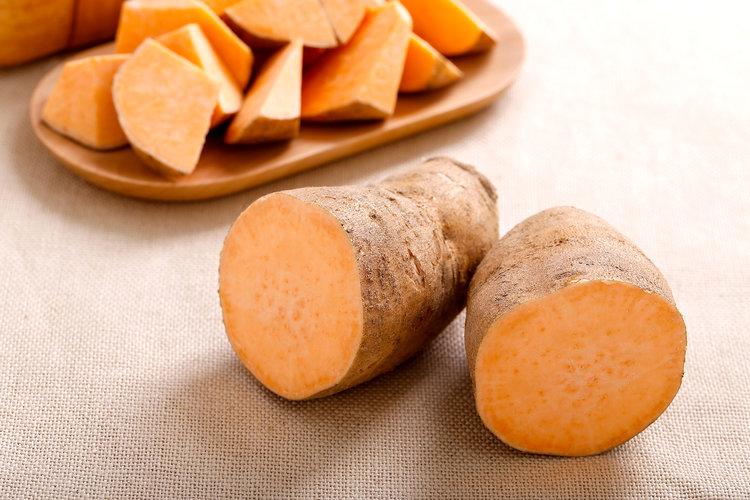
For example, sweet potatoes.
We may intuitively think that it can be made into sweet potato milk without being too sudden, and then the most direct idea when combined with coffee is a sweet potato coffee latte.
In this way, the comparison is to take its taste and taste (the heavier the proportion, the higher the composition of the taste). And if I want to take its aroma, I may try to bake it, release the aroma of roasted sweet potato, and mix it into the drink in some ways.
Anything else? Actually, it's too much. Coffee specials can also be made into dessert-like forms, and I might use shredded sweet potatoes, caramel baked sweet potatoes or sweet potatoes with ice cream and Espresso.
This is the state of using material as a starting point, there are many possibilities, each can be tested ── usually takes a lot of time, there will be many problems to deal with the coordination of different material combinations, and it is easy to become disoriented.
If you want to make a special tune in this way, the more solid the basic skills and the richer the diet experience, the less likely you are to lose your way. It will be easier for you to know which ingredients can be put together, and it will be easier to know what effect a particular method of construction will achieve.
two。 Set theme
This way of thinking will be a bit like writing a composition. You can set a variety of themes: first love, graduation, hometown, the feeling of growing up ── you can set and think.
And just like the composition, everyone will have different play and interpretation on the same theme: how can your first love and my first love be the same? (maybe yours is strawberry milk, mine is Bloody Mary.) I have seen a first love-themed recipe of Espresso with white chocolate and rose sherbet, squeezed with whipped cream, sprinkled with rose petals for decoration and aroma.
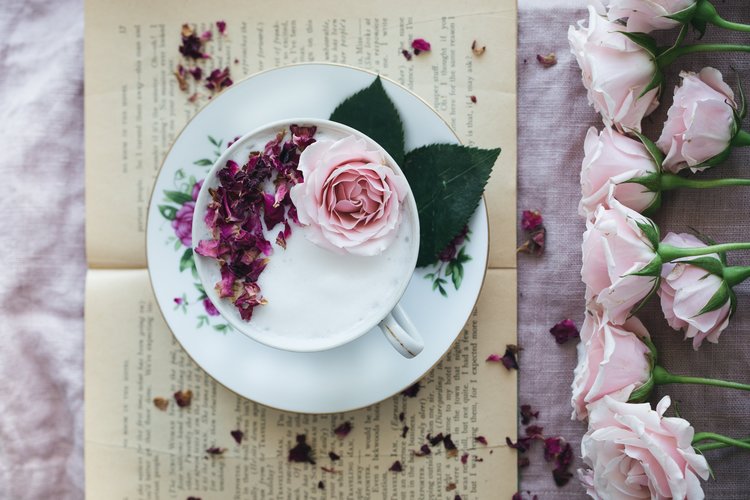
It is conceivable that it will be a strong, romantic and rich first love.
With a theme, your thinking will be more directional, and you usually think of the material that pops up as soon as you think of it. Of course, the more familiar you are with the characteristics and vocabulary of each material, the easier it will be for you to do it. Eat and drink more! It's important to repeat! )
3. Set object
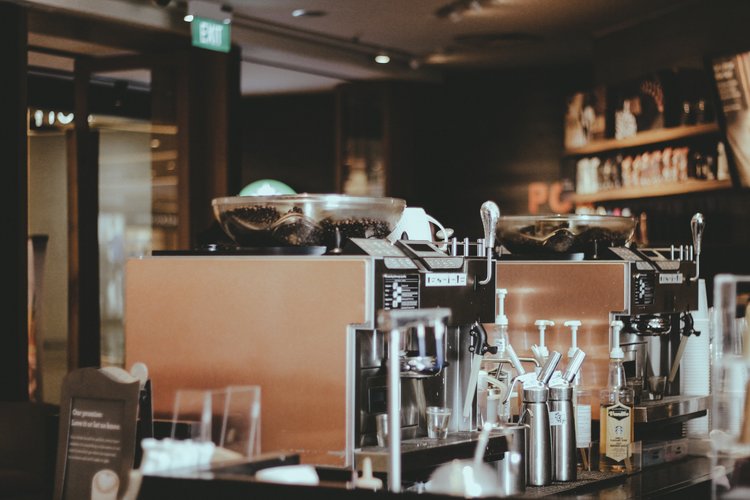
This is another interesting way of setting, and may also be seen as an advanced step in "setting a theme".
As we talked about, setting a theme is like writing a composition, so setting an object is like a conversation. Some coffee shops have a way to order food, called "barista special", which is actually doing this.
Let's put it this way, if two people come into the store, both of them order "barista special", but one is a 17-year-old young girl with a ponytail and the other is an uncle in a straight suit in his 40s and 50s. I don't think I'll give them the same drink. If you give the above cup of "first love" to the uncle, it looks like I'm making a confession. As for the young girl, if I mixed her a very strong drink, it would expose my criminal intention.
We use drinks to communicate, just as we communicate with people, we are actually talking to "our impression of him in our hearts".
Because you will be more and more able to understand people and know what he might like.
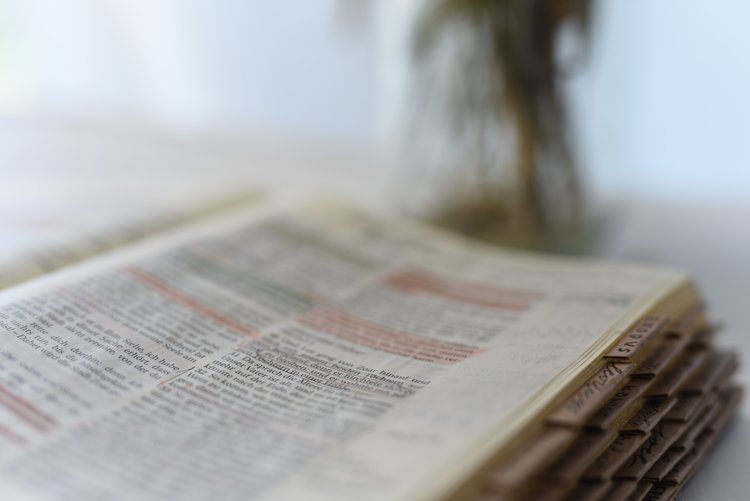
There may be more than these ways of creation, this time I just put forward a few commonly used methods, throw a brick to attract jade, but also hope to give friends who want to do beverage creation a little direction of thinking.
To be a professional barista, you really need to eat, drink, read and read more. These are all the lessons of being a professional barista. You can talk about everything in more detail.
Article source: Would You Magazine
END
Important Notice :
前街咖啡 FrontStreet Coffee has moved to new addredd:
FrontStreet Coffee Address: 315,Donghua East Road,GuangZhou
Tel:020 38364473
- Prev
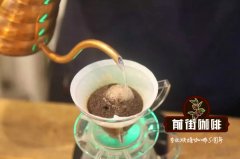
Nicaragua hidden manor introduction black pearl fermentation process is what?
Professional coffee knowledge exchange More coffee bean information Please pay attention to coffee workshop (Weixin Official Accounts cafe_style) Nicaragua coffee brief history: 1840~1940, is Nicaragua's "Coffee Boom"(Coffee Boom), coffee began to become Nicaragua's main export crop, strongly promoted by the government, foreign companies can easily invest or acquire land, give birth
- Next
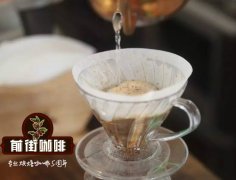
What is the classification of coffee honey treatment? What are the taste characteristics of honey-treated coffee?
Professional coffee knowledge exchange more coffee bean information Please pay attention to the coffee workshop (Wechat official account cafe_style) Honey treatment has nothing to do with honey. In honey treatment, "honey" means the pectin layer (mucilage) of coffee beans that stick as honey. The sun method will directly remove the shell and pectin layer, while the water washing method will use fermentation to remove the pectin layer.
Related
- What is the meaning of lactic acid fermentation with coffee bean treatment?
- How to judge the state of foam by sound?
- How does the latte pull out the unicorn pattern? Come to get for a little trick to improve the flower pull!
- Will flower pulling affect the taste of the latte?
- Do you know the history of coffee?
- The difference between honey treatment and sun washing what is raisin honey treatment?
- What kind of milk can a novice use to make coffee foam to keep the foam longer? The correct method and skills of milking tutorial sharing
- Why do washed coffee beans taste sour? Flavor characteristics of washed Coffee
- Introduction to the skill of how to practice the size and height of water injection around the circle of hand-brewed coffee
- How do beginners practice coffee flower drawing from scratch?

